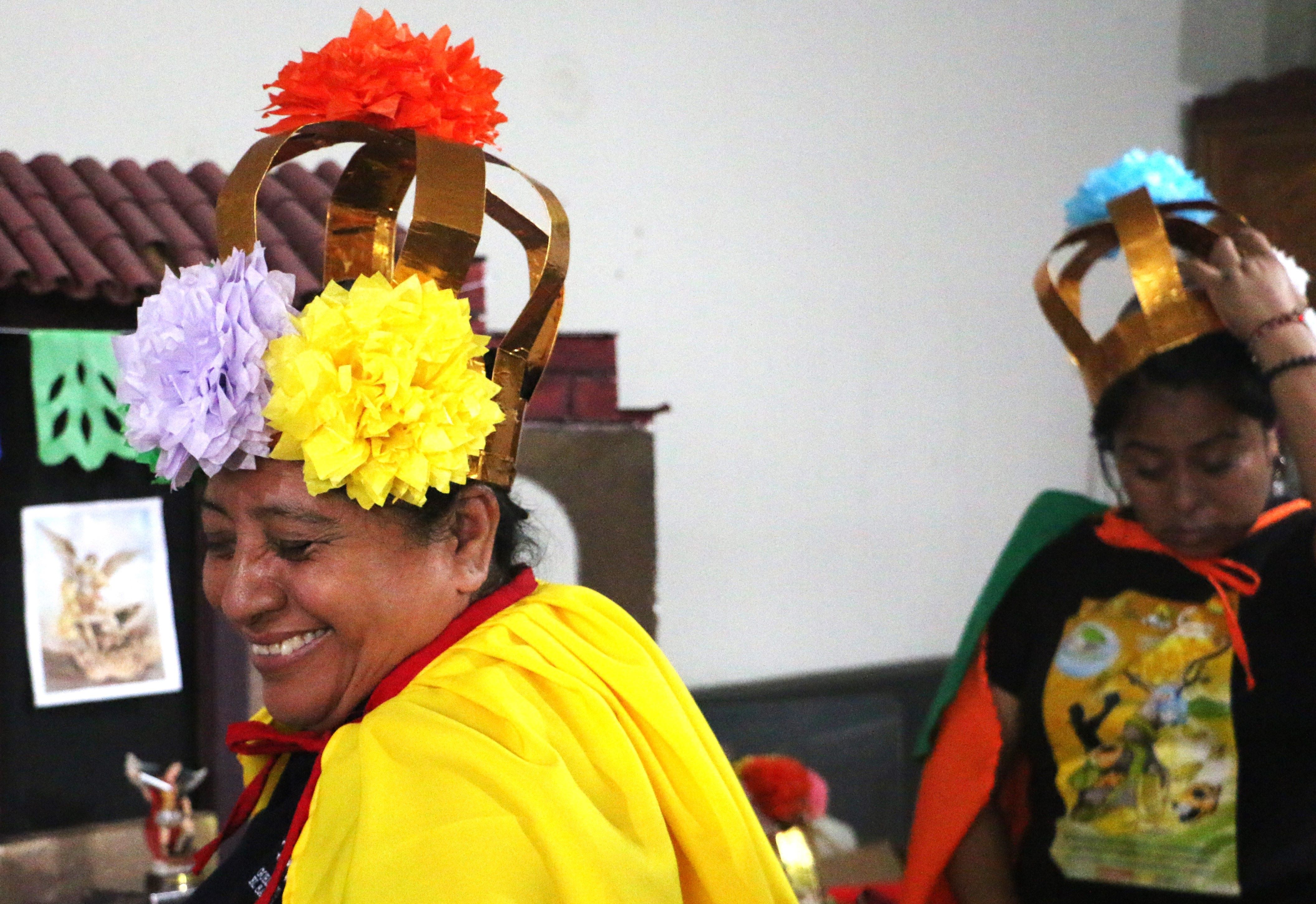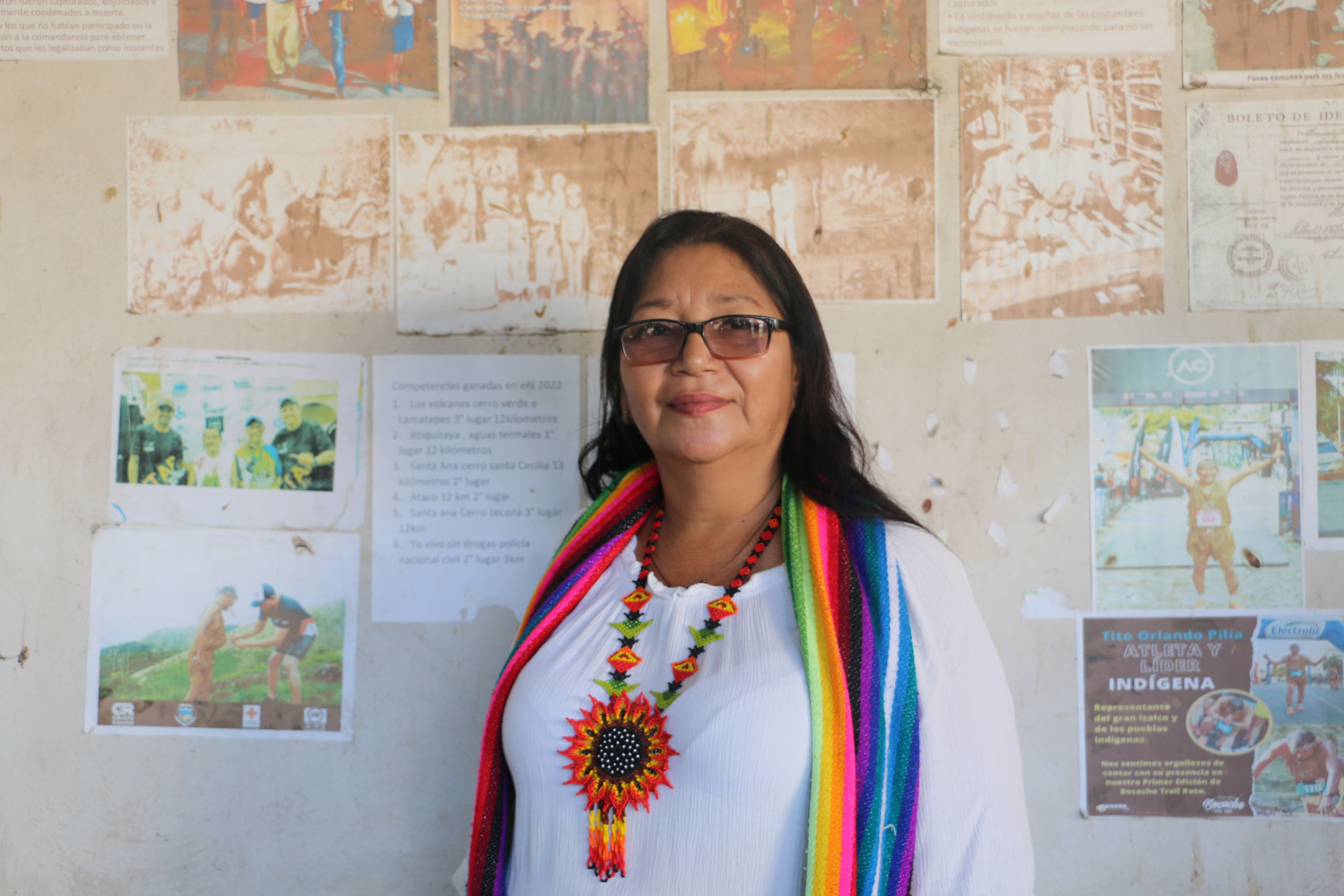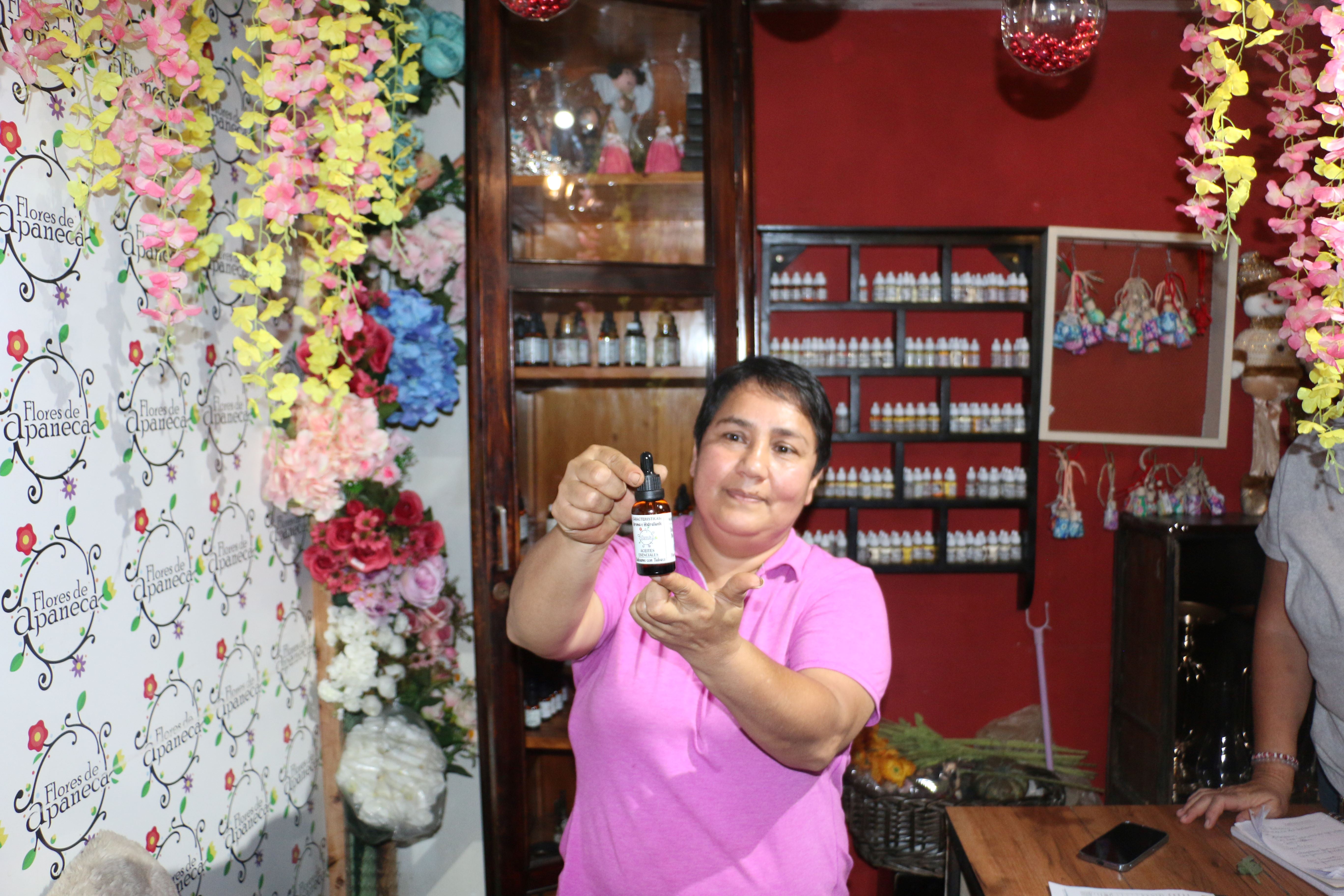The PRENADES project, financed by the Italian Agency for Development Cooperation (AICS) in El Salvador, is strongly focused on supporting women and their rights; its overall objective is sustainable local economic development, with greater participation of women and youth. Furthermore, its activities include monitoring the presence of women in the promotional initiatives carried out by the project to support the local economy and the environment.
In the final gender report drawn up by CeSPI it emerges that the PRENADES project has shown interesting results in terms of gender equality and the strengthening of women’s rights in all sectors of intervention. The central theme is the achievement of effective emancipation and equal rights, which passes through the recognition of the leadership role of women within the community.
In the experiences of conservation of cultural and environmental heritage, it’s clear the active participation and concern of many women for the loss of local and indigenous culture or for environmental contamination. This participation is appreciated and supported by the community, given the advocacy role played by women leaders of various associations. However, some obstacles arise due to rigid social structures that still see women as subjects to be led and responsible for caring for children and the elderly, rather than as decision makers. In some cases, a woman’s agency seems to be seen as a concession to the enlightened mind of a man at the head of the community group. In this sense, the project tried to break these patterns, rewarding women’s participation and strengthening their roles of responsibility, often assumed with courage by the women who lead local development associations, teachers, houses of culture and managers. of public offices in the municipalities involved in the project.
The economic support activity led to an almost predominant, if not equal, participation of women who were supported by the project with their businesses. There is still a structural difficulty in accessing credit for women in conditions of greater fragility, with dependent children and alone, of a younger age and with less experience, probably women who would not satisfy the criteria for access to credit starting from the formality of the their business or who look at the credit application with fear. Regarding the ability to balance the relationship between paid work and domestic work, the lack of low-cost educational facilities for children under 6 years of age is a major obstacle to women’s equal participation in the labor market. On this basis, future work could be planned to support with greater attention the conditions of individual vulnerability in which women often find themselves living, possibly with coordinated action with local authorities for the creation of such centers.


